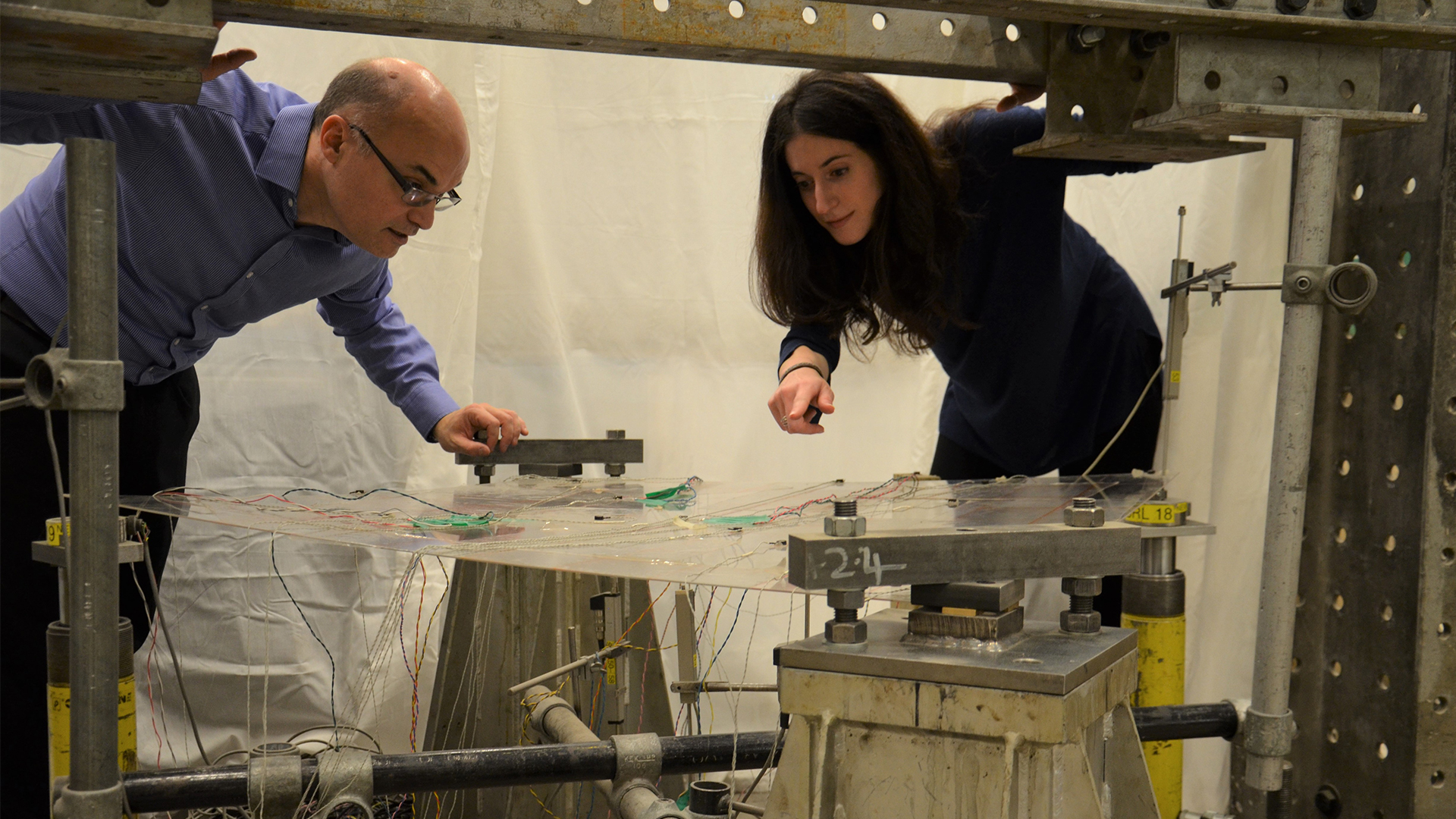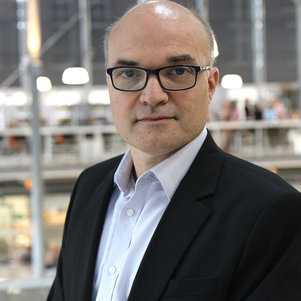Prof.dr. M. Overend
Professor of Structural Design & Mechanics
Department of Architectural Engineering + Technology
Within the Chair of Structural Design & Mechanics, methods for improving the mechanical performance and energy efficiency of buildings and building envelopes are researched. Overend: "In Delft I perceive a drive to apply what is learned in the lab out in the field, whether in living lab type environments or in real-life settings provided by industrial partners. I find that way of disseminating the fundamental albeit very practical knowledge we develop particularly attractive.”
Although the structural engineering is widely perceived as a mature discipline, there is the potential for improvement. "The primary objective remains to construct efficient buildings that don’t collapse. We should sustain a high level of education and training to keep it that way," explains Overend. "However, efficiency is typically limited to the cost-efficient use of materials in the construction phase. The building sector has yet to address the fact that buildings, or rather their materials, can and should be reused and recycled at the end of their lives. So, for instance, over the past two decades the building industry has managed to reduce the energy required to keep our buildings comfortable, e.g. warm in winter, cool in summer and well-lit throughout the year, but in the process of doing so we have introduced composite components and structures that are very hard to deconstruct. This creates a real barrier for the basic materials to be reused. Structures have a service life, but what about their afterlife?”
Traditional materials such as steel, concrete and glass are still mostly being used in traditional ways: in large quantities and typically not very sustainably. Within the Chair of Structural Design & Mechanics, ways of building more reactive, more responsive systems are explored, which could help decrease the amount of materials required. Overend: "Why, for instance, use structures meant to support peak loads all of the time when these loads only occur once in every ten or even fifty years? Why not embed systems that are triggered to deal with these occasional peaks, for instance to dampen movement or limit the deflections as and when required? I have adopted such an ‘adaptive structures’ approach for a ‘switchable insulation’ component, which uses structural engineering principles to collapse and expand easily without requiring much energy. This is still under development, but this makes it possible to adjust the level of insulation to what is required: either heating or cooling the building. I aim to further develop this and other similar concepts here in Delft. Guaranteeing safety whilst using resources more efficiently, that’s the main objective.”
The multi-disciplinary approach of the integrated fields of structural design and structural mechanics is essential and extends beyond the chair. Overend is keen to explore and employ existing links between this chair and the fields of civil engineering, materials science and electrical engineering, with regard to complementary lab facilities and, in particular, expertise. These offer opportunities in research as well as teaching to achieve a more holistic approach to the design process in order to meet current and future societal needs. An example is the ongoing integration of smart electronic systems and mechanical structures. Another recent and important development across all design disciplines is the ever increasing computational power that underpins the later stages of the design process. Future designers and architects will consequently spend more person hours on the early, conceptual stages of design where they can add significant value. Overend: "They need to be aware of the most suitable technologies and methods available and be able to implement them. I would like to nurture that awareness."

Mauro Overend obtained his bachelor degree in architecture and civil engineering in Malta. He then exchanged one island for another, moving to the UK where he finished his PhD in structural mechanics in 2002. Working for an engineering consultancy in London got him involved in some cutting-edge building projects before his inquisitive nature led him to research positions at the universities of Nottingham and Cambridge.
